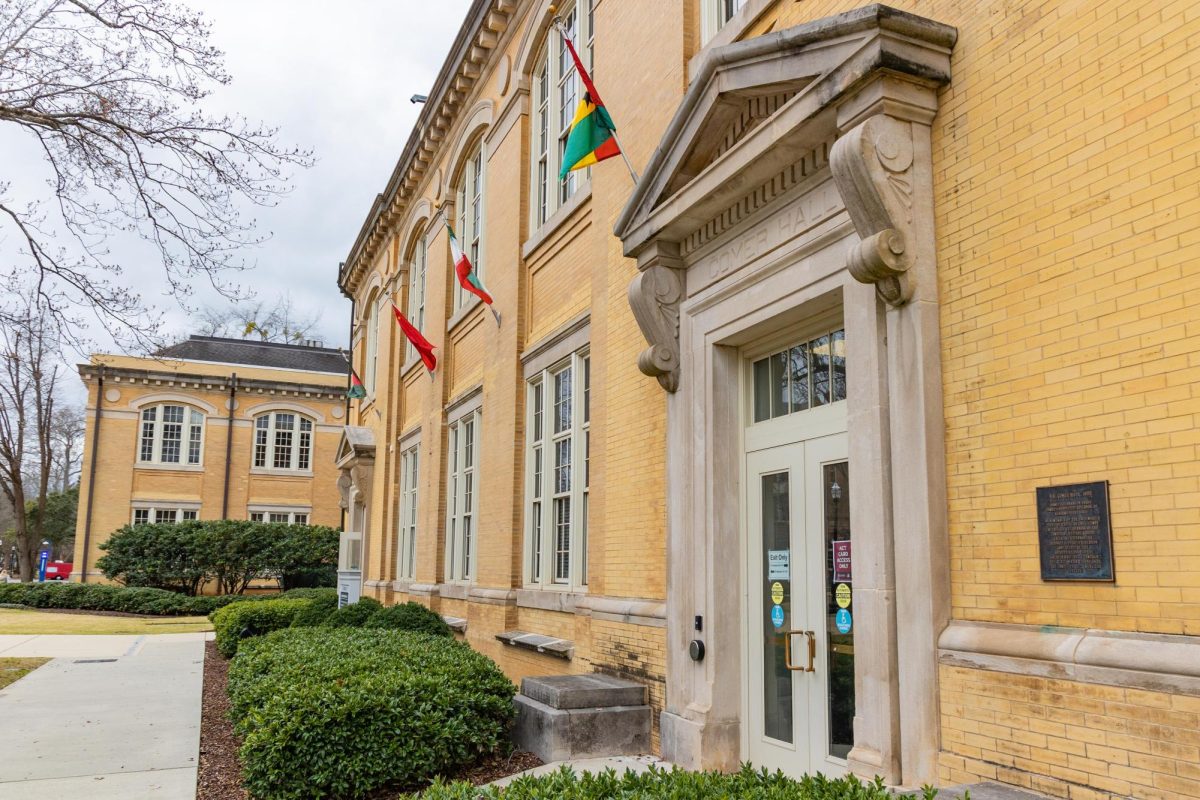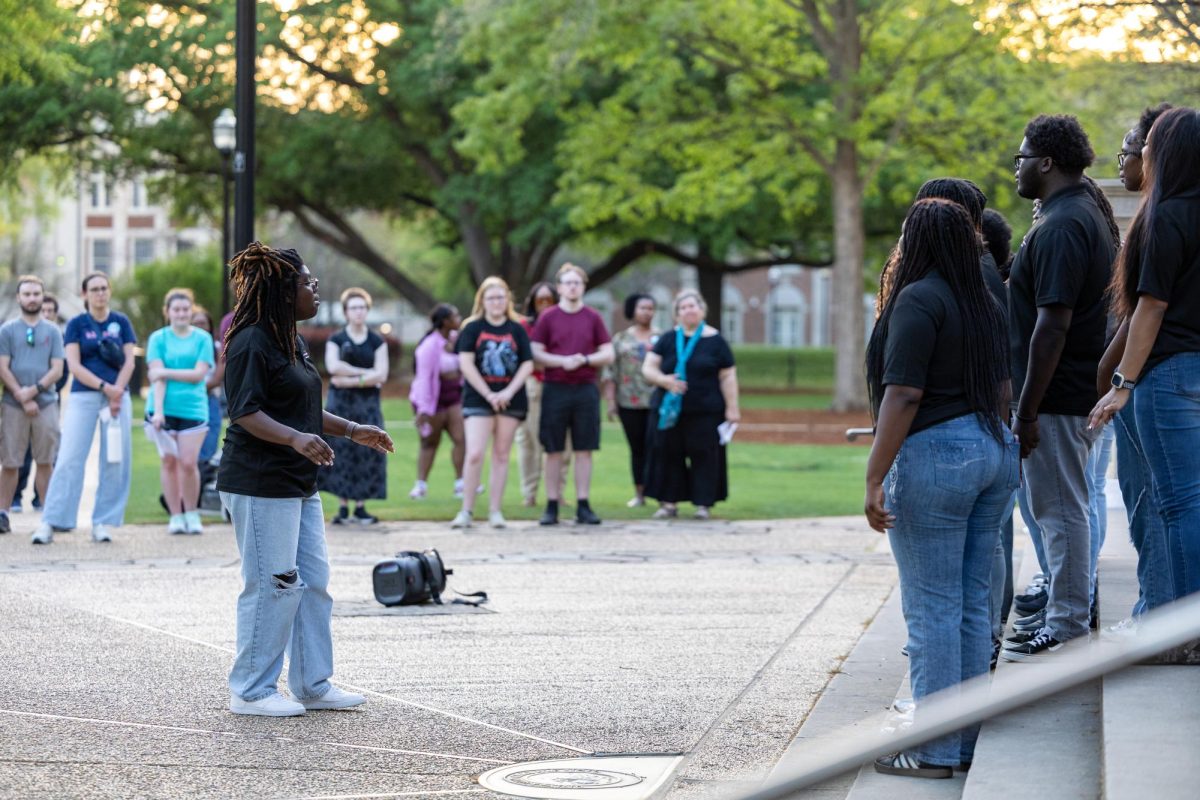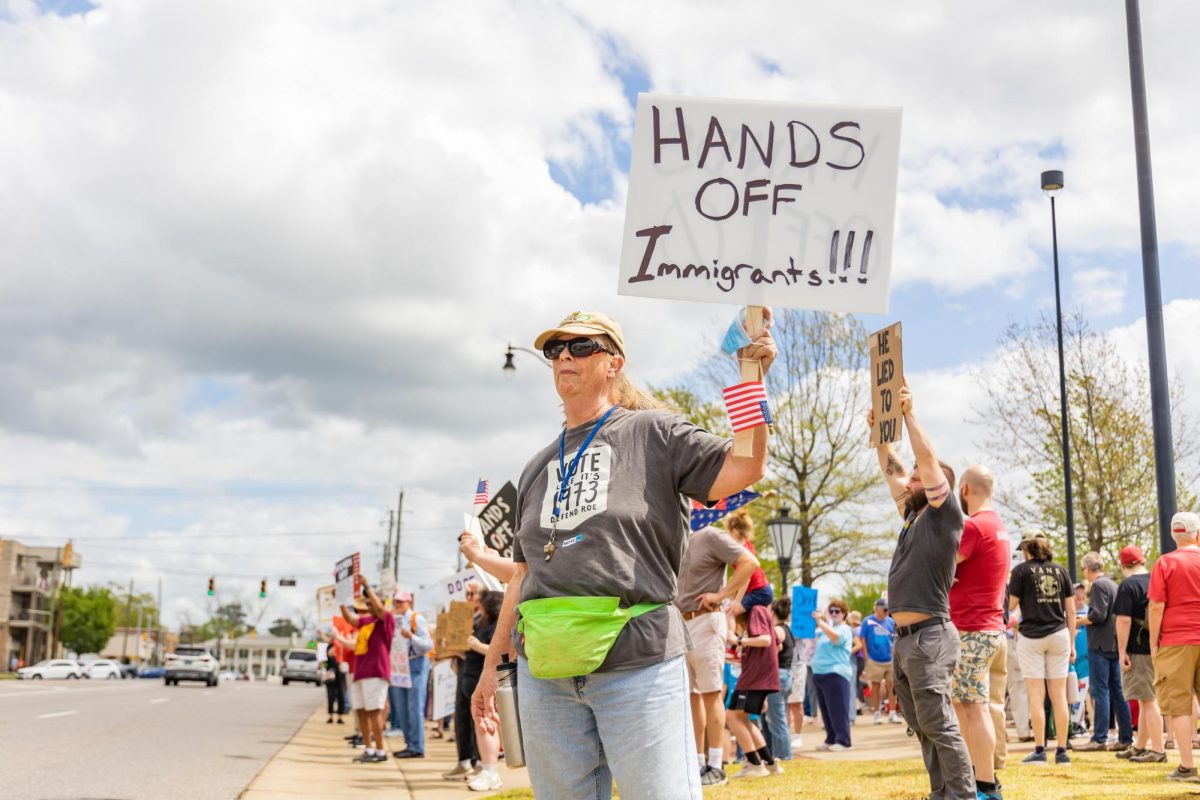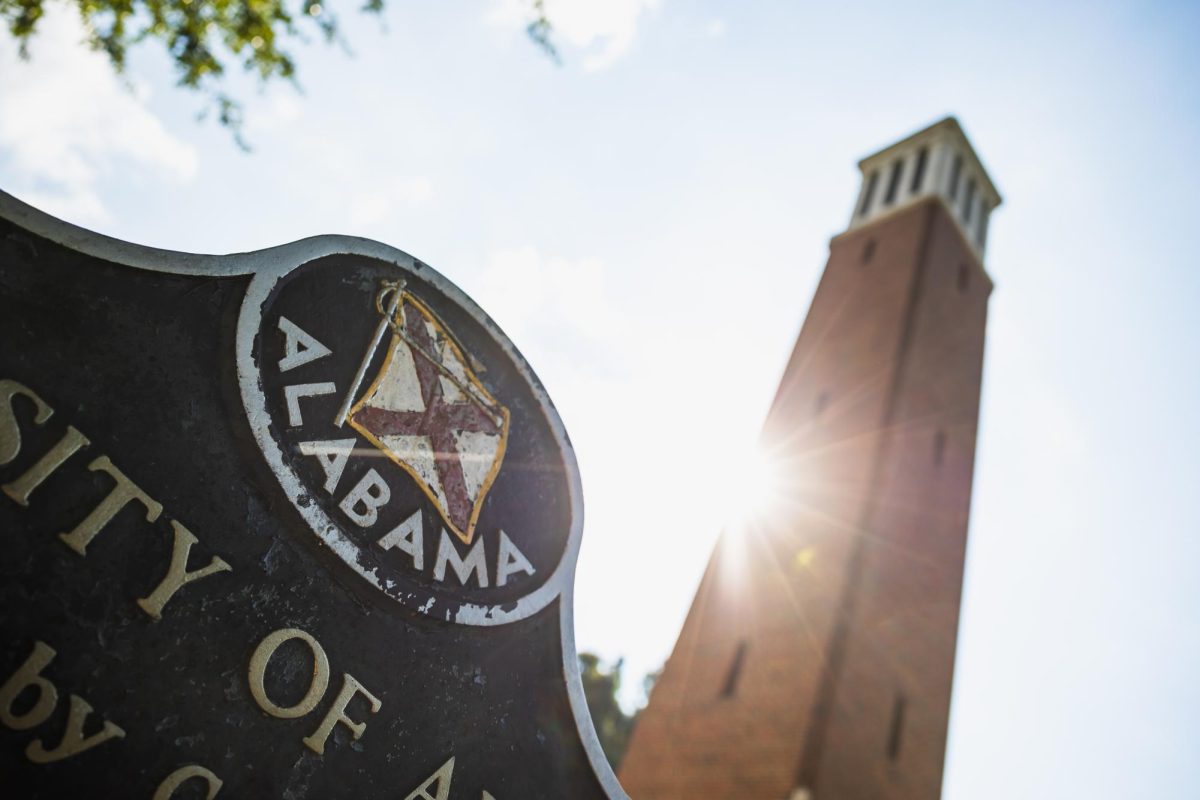President Donald Trump signed an executive order declaring English the official language of the United States Saturday.
The order states, “to promote unity, cultivate a shared American culture for all citizens, ensure consistency in government operations, and create a pathway to civic engagement, it is in America’s best interest for the Federal Government to designate one — and only one — official language. Establishing English as the official language will not only streamline communication but also reinforce shared national values, and create a more cohesive and efficient society.”
Thirty-two states already have English established as their official language. Prior to the executive order being issued, the U.S. never had an official language.
University faculty spoke about potential changes the order will bring.
“My sense is that it’ll be implemented to cut those [ESL] programs and to cut diversity, and you’re going to probably see less course offerings for foreign languages,” said Mary Margaret Popova, an instructor in the Department of English. “It’s conflating the political and the linguistic identity in a way that’s problematic, if you ask me … that’s gonna open us up for a lot of linguistic discrimination.”
It is estimated that up to 430 languages are spoken in the U.S. It’s also estimated that there are over 160 different English dialects. The order rescinds a Clinton administration executive order requiring the government to offer services in more than just English.
Ben Pyle, an assistant professor in the Department of Communication Studies and director of the Alabama Forensics Council, said that English “is a hodgepodge of everything.”
“It has influences from German, from Spanish, from French,” he said. “That’s why, for a lot of people that are learning English as a second language, it doesn’t really make logical sense for them.”
Pyle also said that dialects often come from colloquialism, making the same word or phrase mean something completely different based on where someone is from.
“Do you call it soda or pop or coke? For some people, they do take you very explicitly at the language that’s used,” he said. “Those types of phrases might not translate exactly into other languages as well.”
According to the 2018-2022 American Community Survey, a study carried out by the U.S. Census Bureau, 78.3% of those 5 and older in the U.S. spoke only English at home.
“We have the proof that being bilingual and multilingual is an asset, it’s a cognitive asset, it’s a cultural asset,” Popova said. “However, we also have literature that shows that a part of nation-building is grounded in linguistic identity.”
About 42 million people in America speak Spanish at home. The Spanish-language version of the White House’s website, along with its X account, were shut down on Inauguration Day.
“America has just always been based on a multilingual society,” Pyle said, adding that the Constitution was even translated into German and Welsh for populations in New York and Pennsylvania during the late 1700s.
“What I see as an unfortunate side effect of this is just the reinforcement of who is considered ‘us’ versus who’s considered ‘them,’” he said. “‘Us’ being the ones that understand English and all this, different dialects, regionalities, etc., and ‘them’ being anyone that doesn’t embrace that.”
Popova said that the order will solidify positions on Standard American English, which is what she perceives to be “somewhat dangerous about this kind of movement.” She also spoke about whether linguistic discrimination would be race-based or class-based.
“I think ethnicity will play a role,” she said. “But it seems to me that, in fitting in with the motif of this administration, that the class factor will be most prominent.”









